
Christopher Healy is the author of The Hero's Guide to Saving Your Kingdom and it's sequel, The Hero's Guide to Storming the Castle. You can find more about his books at www.christopherhealy.com
First off, let me applaud you for
even wanting to read middle-grade
literature—because it does not sound
appealing. It needs a new name. To the uninitiated, it can too easily sound
like “mediocre literature.”
Person: “So, what
do you do for a living?”
Me: “I’m a
middle-grade author.”
Person: “Hey,
don’t be so hard on yourself. I’m sure you’re not so bad.” Pats on the back and
overly sympathetic smiles follow.
“Middle-grade”
brings to mind gasoline that won’t make your car run at optimum quality, or maple
syrup that’s thinner and less flavorful than the good stuff. So thank you for
looking beyond the label.
And
congratulations. Because you will be very happy with your decision to give MG a
shot. Middle-grade fiction is exciting. And fun. And full of surprises. When I
first wrote The Hero’s Guide to Saving
Your Kingdom, I had no idea it was middle-grade. I’d seen “middle-grade”
defined somewhere as literature in which the protagonist is between the ages of
eight and thirteen—but all my central characters are adults. Some are even
married. And I’ve come to realize that that’s part of makes MG so wonderful—it
can’t really be defined.
•
Middle-grade can be suspenseful. Matthew Cody’s cape-free superhero books Powerless and Super have enough twists and turns to keep you guessing until the
final pages (and great payoffs on those final pages, in case you were
wondering). Same thing goes for one of my favorite books (and one of the
greatest mysteries) of all time, Ellen Raskin’s The Westing Game.
•
Middle-grade can have a wicked sense of humor. Geoff Rodkey’s Chronicles of Egg books excel in dark
wit, even as they dole out the thrills. Katherine Applegate’s The One and Only Ivan is just as funny
as it is heartbreaking and thought-provoking. And let’s face it: There’s a
reason why those Wimpy Kid books are so popular.
•
Middle-grade can be lyric and beautiful. Like Caroline Starr Rose’s nail-biter
of a pioneer tale, May B. Or Sonya
Hartnett’s haunting WWII refugee allegory, The
Midnight Zoo. Or even Neil Gaiman’s shiver-inducing classic, Coraline.
• Middle-grade can
be edge-of-your-seat thrilling. Try going to bed at night before you’ve
finished Jeramey Kraatz’s The Cloak
Society. Try finishing Emma Clayton’s The
Roar without immediately picking up its sequel, The Whisper.
• Middle-grade can
be dramatic. It’s not the presence of magic in Laurel Snyder’s “be careful what
you wish for” fable, Bigger Than a
Breadbox, or Meg Wolitzer’s Scrabble tournament tale, The Fingertips of Duncan Dorfman, that make those books such great
reads—it’s seeing how the otherworldly elements affect the characters.
•
Middle-grade can be uplifting. I don’t think I’ve ever read a book that made me
want to stand up and cheer more than R.J. Palacio’s Wonder.
•
And any of the books I’ve just mentioned can fit into more than one of the
categories I’ve listed. And this is only a random sampling of the truly amazing
reads you’ll find in the MG world. Look, they’ll probably never change the name
to “awesome-grade fiction” (and admittedly shouldn’t), but that may be a better
term to describe how you come to feel about it after you’ve explored and
enjoyed everything MG has to offer. So explore and enjoy.
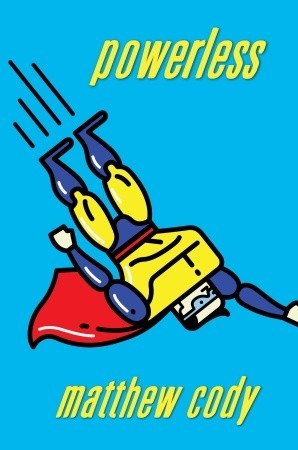



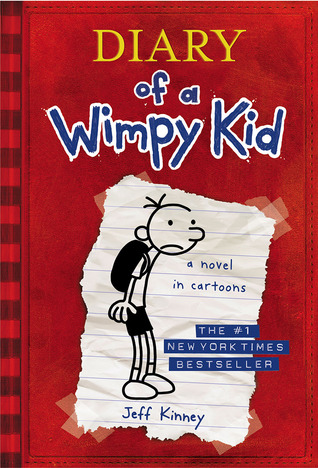


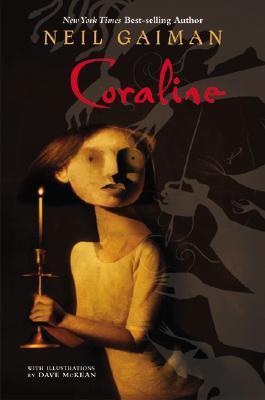



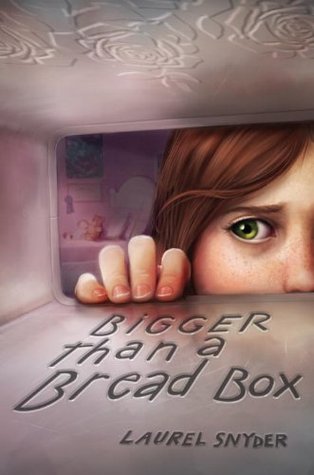
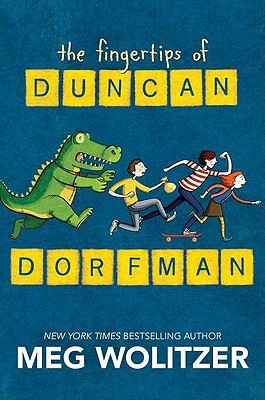
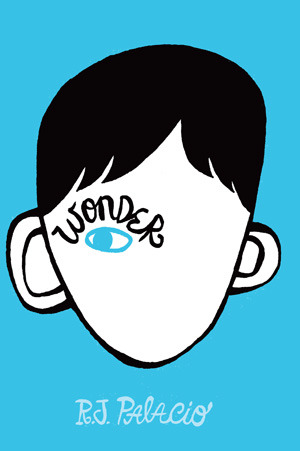
What a great compendium of middle grade fiction. My boys love Chris' "The Hero's Guide" books, and he did a great Skype presentation to our school's (Maplewood, Portland OR)4th graders last year.
ReplyDeleteMichael G-G a.k.a The Middle Grade Mafioso
http://middlegrademafioso.blogspot.com/
What a great list of books and you really hit on what I enjoy about middle grade! Just finished reading the first in the Hero's Guide series, can't wait for the next. Wonderfully entertaining reading.
ReplyDeleteAgreed!
ReplyDelete